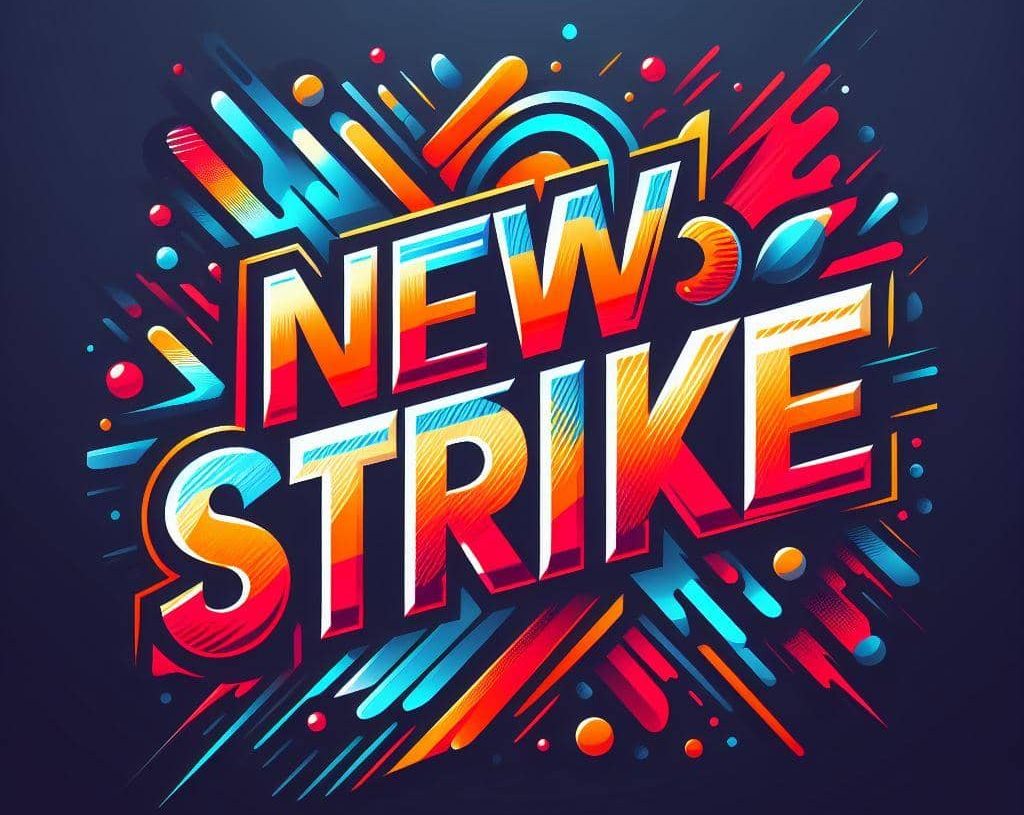Namibia: Interest grows in Africa’s oil-and-gas hot-spot
3 min read
Namibia’s upstream oil and gas sector has become a focus of intense interest in recent years. The Orange Basin ( https://apo-opa.co/4gRQ2wr), off the country’s west coast, captured the energy sector’s imagination in 2022, when Shell and TotalEnergies announced the discovery of light oil and natural gas there, in the Graff and Jonker fields. In 2023, Galp joined the party, announcing their Mopane discovery, and enthusiasm soared.
Until now, the Namibian upstream has been focused on exploration, and the country has yet to achieve any commercial production. However, the giant discoveries made since 2022 have changed the game and made Namibia a global exploration hot spot.
Of the three major discoveries, the TotalEnergies Venus find may be the largest, with at least 1 Bbl of recoverable oil resources having been found.
All of these discoveries are yet to be finally appraised, which will be crucial in determining their commercial viability. Issues such as permeability, gas/oil ratio and reservoir quality need to be addressed. If developed, Venus would also be the deepest offshore development ever ( https://apo-opa.co/4gR985B).
READ ALSO: https://newsstrike.com.ng/2024/10/03/slb-to-inaugurate-performance-center-in-luanda-in-november/
Production prospects
A recent Namibia country report ( https://apo-opa.co/3XSqOFk) by AOW said TotalEnergies was expected to start production around 2028. By early 2030, all three projects could be producing, and Namibian oil output could be nearing 1 mil bbl/d. TotalEnergies recently announced ( https://apo-opa.co/3XP1Pmj) it would exit its discoveries offshore South Africa to focus on its Namibia assets.
Before the Orange Basin success, fewer than 20 offshore wells had been drilled across Namibia’s Walvis, Namibe, Lüderitz, and Orange Basins since exploration began in 1974. However, in the past two years, TotalEnergies, Shell, and Galp have made eight discoveries across three blocks in the Orange Basin, representing an estimated 3.5 billion barrels of potentially recoverable oil.
Interest in the deep waters of the Orange Basin has risen exponentially. Galp’s success appears to confirm prospectivity extends north from the acreage held by Shell and TotalEnergies, and is encouraging for operators such as Chevron, Woodside and Rhino Resources. All three have acreage adjoining Galp’s block and plan E+A campaigns in 2024/25.
Aside from appraisal, TotalEnergies will drill at least one more exploration well in its PEL 56 licence area. There may also be a bidding war as major players look to farm-in to Galp’s Mopane.
ExxonMobil has acreage in the northern Namibe Basin – although this is a different play that will be tested first in the Angolan side of the Namibe basin.
Significant developments
While the offshore Orange Basin has been dominating the headlines, there have been significant developments in onshore frontier basins. In July, Reconnaissance Energy spudded the Naingopo exploration well. The industry will be closely monitoring this well, as it is the first exploration of a previously untapped basin.
The first discovery in Namibian waters was the Kudu gas field – about 130km off Swakopmund. This field has remained undeveloped since being discovered in ’74, with numerous operators struggling to make it work. BW Energy ( https://apo-opa.co/3BEDqby) entered Kudu in 2017 and has made progress, with CEO Carl Arnet saying drilling could start as early as next year ( https://apo-opa.co/4dqyVyB).
However, there remain questions, not least whether gas from the deep and ultra-deepwater discoveries will be used in the development. A dispute over access to diamond-rich land around the town of Luderitz is a threat as is the question of where BW Energy plans to land a pipeline from Kudu.
National oil company NAMCOR operates numerous offshore exploration blocks. WoodMacKenzie reports that Namibia has a massive 230 000 square kilometres of licensed acreage; compared to established territory Norway, which has less than 100 000. However, Namibia’s potential remains hugely under-explored, given that only 20 deepwater wells have been sunk, compared to the thousands in places like the North Sea or the Gulf of Mexico.
Namibia is working to change this. The country’s national oil company, Namcor, aspires to become a fully fledged operator by expanding into the downstream and sustainable sectors (including hydrogen and synthetic fuels). Namcor has taken an investor-friendly approach, its fiscals stack up well, and terms remain highly attractive to investors, as it looks to move the sector from the exploration to the production phase.




